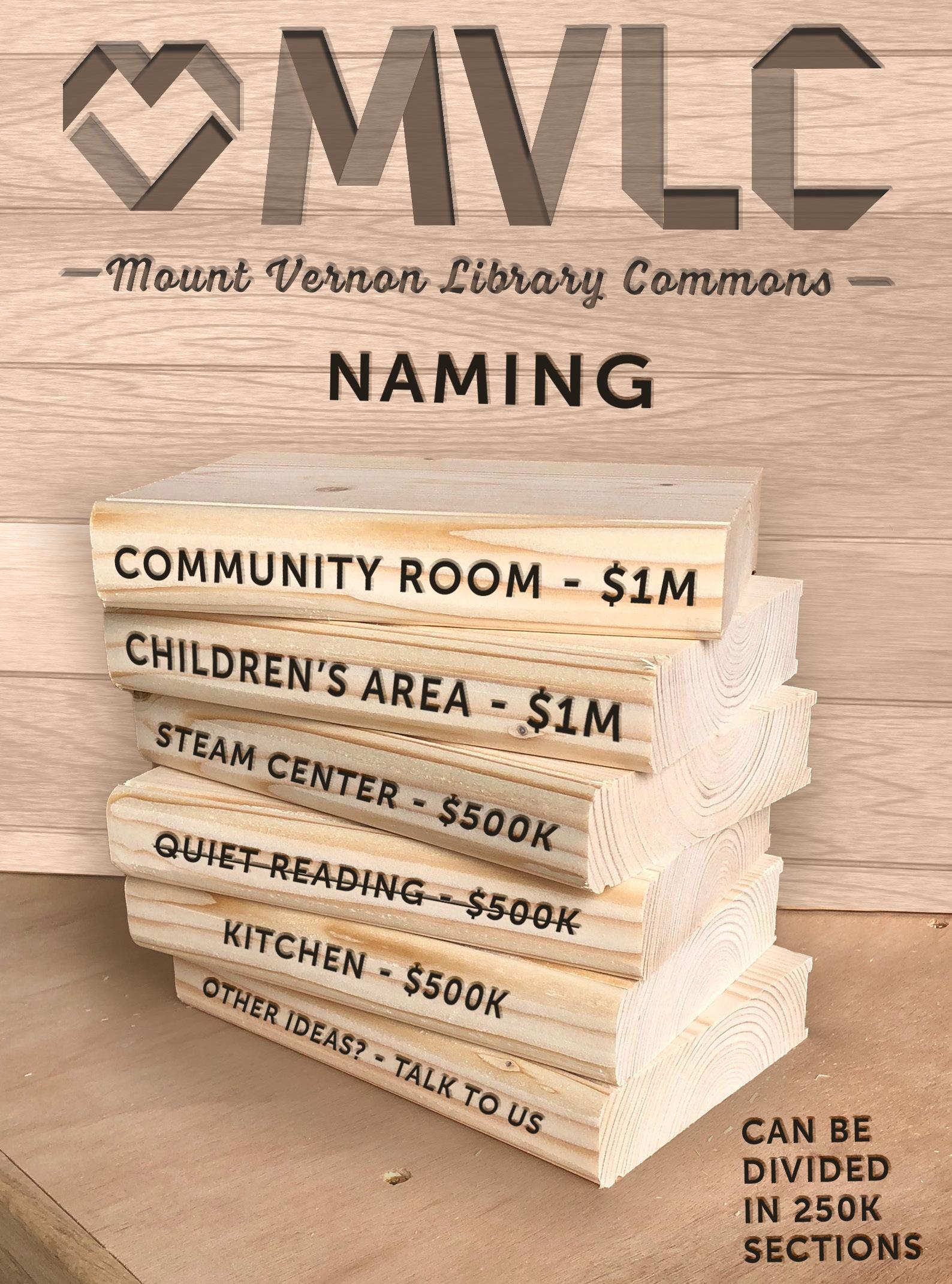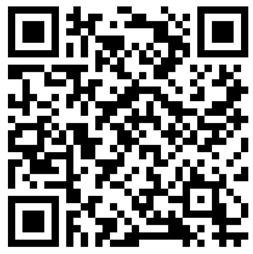
Donors like you are investing in Mount Vernon’s future, bringing a legacy project to the finish line


Donors like you are investing in Mount Vernon’s future, bringing a legacy project to the finish line

As an equitable anchor institution of any modern city, the library is well-positioned to extend its role as a key community connector— offering activities, classes and an early learning hub, access to digital literacy, new business incubation and employee training, and the necessary tools that strengthen democracy by addressing knowledge gaps.
The anticipated 270 parking stalls include 76 electric vehicle (EV) charging stations. The Commons will be the largest public EV charging station in the country, and will double the EV units between Seattle and Vancouver B.C.
More public parking supports Main Street’s 78 businesses in the downtown Mount Vernon core, with anticipated growth of hotel and multi- family apartment structures. Commons parking will also support Skagit Station, serving Amtrak customers and overnight travel.
A public parking structure combined with other infrastructure is a purposeful city investment, and an efficient way to catalyze private development in historic downtown. Mount Vernon must compete with the Seattle market for economic growth. By providing public parking, the city incentivizes private investment that would otherwise be required to pay to provide this crucial infrastructure.
Based on current investment interest and development applications, the Mount Vernon Library Commons project is projected to yield a boutique hotel, multifamily housing units and to enhance adjacent private development.

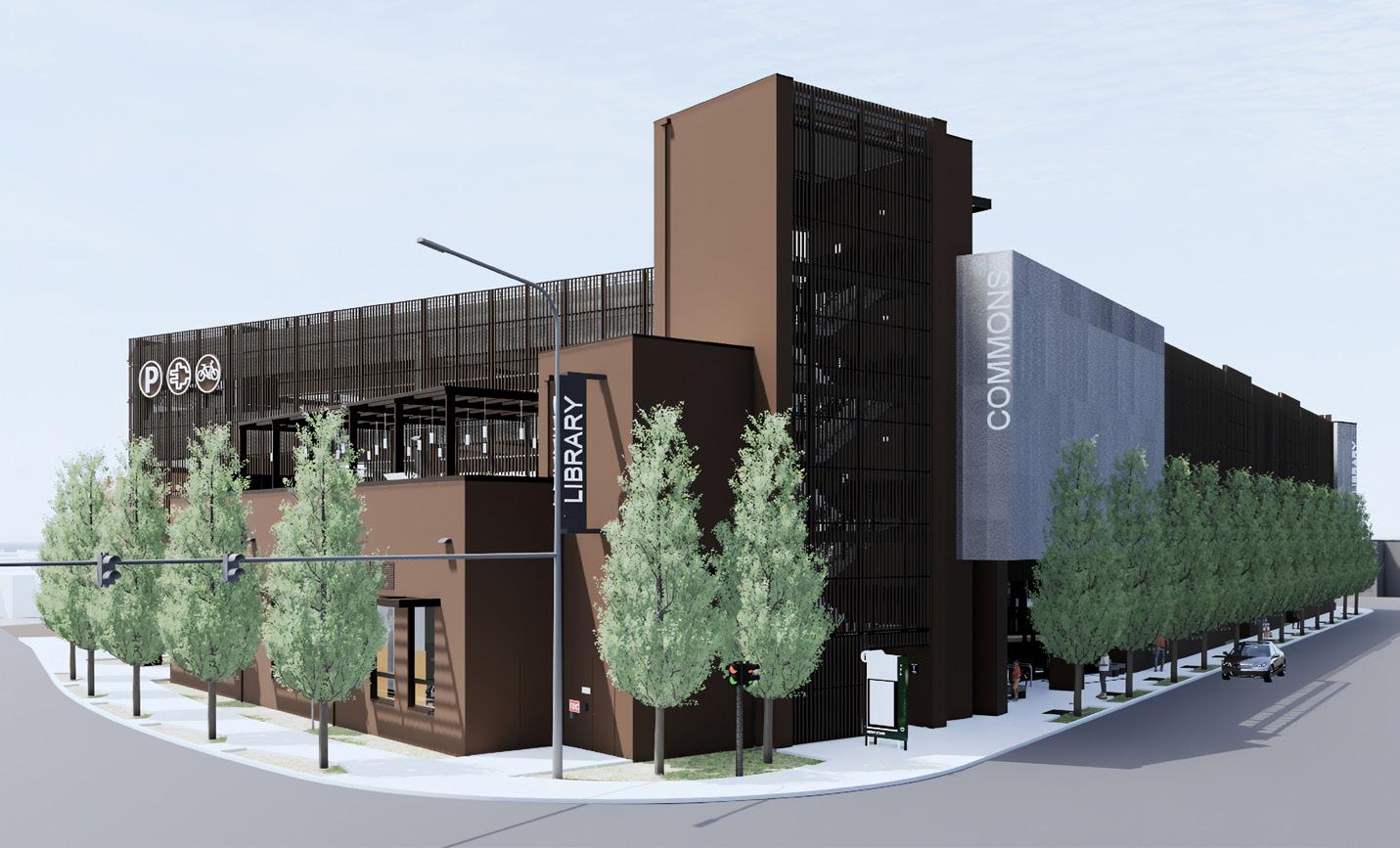
This project fulfills goals from the City of Mount Vernon’s 2008 Historic Downtown Master Plan for resiliency and growth. The Plan was a road map for our future that identified three major goals: 1) flood control 2) structured parking and 3) the ability to have infill development like housing and a hotel to sustain our economy. After 10 years of effort, we succeeded with our flood control in 2018. Now we are on to our structured parking, and from there the economic development that infrastructure will allow to open up.
Mixed-use addresses several community needs and future goals:
• Double the size of the current library and community center space
• Provide equitable access to technology, computer use

• Include a commercial kitchen enabling events in the new structure
• Provide parking to include 76 publicly accessible electric vehicle (EV) charging stations, 8 motorcycle spaces and 9 electric bicycle charging lockers
• Promote low-carbon architecture
• Potential for live/work housing units
• Catalyze private development of multi- family housing, hotel and business
• Create jobs
• Model infrastructure to meet sustainable growth in a small city
Mayor Jill Boudreau
Mayor’s Office (360) 336-6211
Iris Carías – Ward 1
Juan Morales – Ward 1
Mark Hulst – Ward 2
Gary Molenaar – Ward 2
Melissa Beaton – Ward 3
Mary Hudson – Ward
Richard Brocksmith - At-Large
The City of Mount Vernon gets things done and is a careful steward of public money. Over the past nine years, the city has led in Skagit County in completion of projects which total $60 million, including the $30 million flood protection project and obtaining a Letter of Map Revision from FEMA.
The City contracted with HKP Architects for design and engineering, and after a September 17 groundbreaking, general contractor Lydig Construction has begun work. So far, approximately 89% of the funding has been identified for this project! Construction is expected to be complete in December 2023.

On Saturday, September 17, the City broke ground on the Mount Vernon Library Commons featuring a new library, 76 publicly accessible electric vehicle charging stations, a community center, commercial kitchen, and large solar array – all housed in one of the state’s first public “passive house certified” facilities.

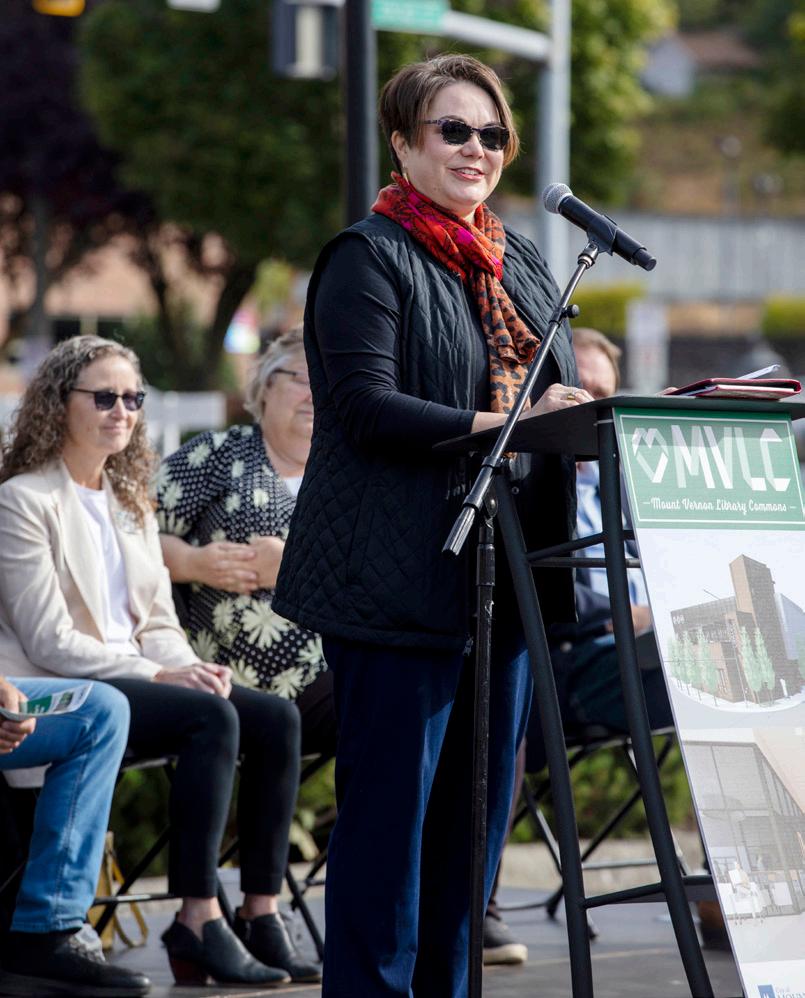

The low-carbon, energy-efficient project is the result of several years of focused planning by the City of Mount Vernon and fulfills several state and federal priorities for transportation infrastructure, clean energy, and economic development.
We would like to thank our community for the wonderful turnout in support of the project, as well as our speakers - Congresswoman Suzan DelBene; video message from Governor Jay Inslee; State Senator Liz Lovelett; State Representatives Debra Lekanoff, Alex Ramel, Dave Paul and Greg Gilday; County Commissioner Peter Browning; and Julie Blazek of HKP Architects. And a special thank you to the Mount Vernon High School Pep Band for providing music and adding to the celebratory atmosphere.
Keep up to date on the project at www.mountvernonwa.gov. And as we close in on our project funding goal, the Mount Vernon Library Foundation invites you to invest in our City’s future by partnering with us on this legacy project.
To make a contribution, visit www.mvlibraryfoundation.org.

Sonya Beard was a strong supporter of the Mount Vernon community. Her generous donation of $500,000 to the Library was the first step in making the Mount Vernon Library Commons a reality. The new library will have a quiet reading area dedicated in support of her legacy.
Lyn Bishop is donating $250,000 in honor of her mother, Jean Grund. Lyn appreciates the value of libraries to the community. More details will be announced shortly about how this gift impacts children and brings us closer to a completed project. We are beyond grateful for the support.

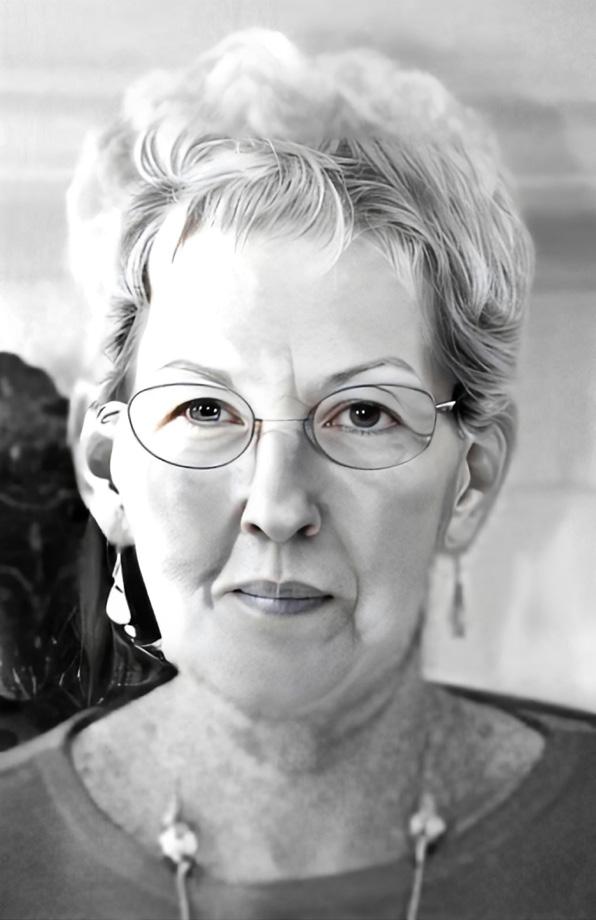


A building designed to last is also a building designed for sustainability. The Mount Vernon Library Commons uses a new energy efficiency standard called Passive House. It will be the first public building in Washington to meet this standard. Passive House buildings allow heating and cooling-related energy savings of up to 90% compared with typical buildings and over 75% compared to average new builds. But we didn’t stop there. From low carbon concrete to a 120 KW solar array to our stormwater catchment, there are hundreds of little design elements to make this building one of the most “green” buildings in the country. The project is a great investment in our natural Skagit landscape and a great investment for the future.



The Mount Vernon Library Commons will feature a parking structure with a public mega EV charging floor – the largest of its kind in the country. Although the environmental benefits of going electric are clear, especially in our area, the economic benefits of installing charging stations, including the potential to generate jobs, are often less understood. With 76 EV charging stations, including many fast chargers, the Mount Vernon Library Commons aims to establish the City of Mount Vernon as a natural waypoint between Seattle and Vancouver, BC.

This facility will bring thousands of EVs off I-5. While those vehicles charge, drivers can enjoy the downtown and spend money. They are often building patterns that last a lifetime. EV chargers are also crucial for Mount Vernon residents. Many housing options, such as apartments, don’t offer onsite charging. EVs are rarely an option unless charging is available.
Our analysis shows that the Mount Vernon Library Commons will support housing development in the surrounding area and EV ownership.
A vibrant children’s library is an essential feature of the Mount Vernon Library Commons. Roughly 50% of all library books checked out are children’s books. Reading has been shown to support cognitive development, school performance, and success in later life. Parents also love how it supports the bond between parent and child. Based on community feedback, our design is a bit old school. We intend to have a library within a library, a dedicated room set up just for kids. It will not only be a safe place with security doors and dedicated staff but also a fun place to learn the love of literacy. The space will be for kids with supportive parents and those who may lack access to academic guidance in their homes.


Over the past decade, schools and homeschooling parents have increasingly been trying to find ways to encourage students to develop a passion for science, technology, engineering arts, and math. The library has successfully introduced skills earlier by providing engaging and attractive resources such as robot kits, virtual reality, science backpacks, and more.
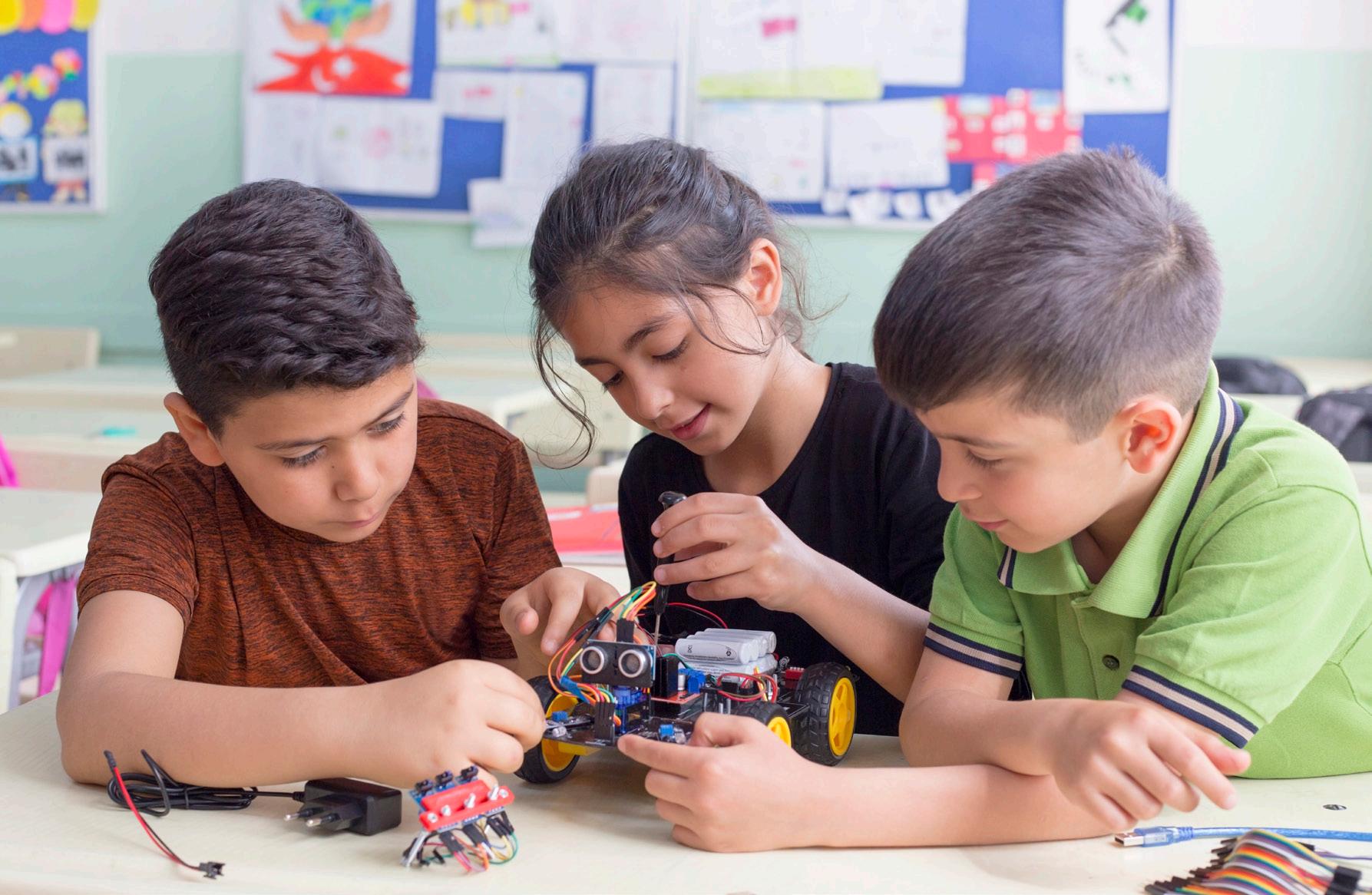

The new library expands on that trend by providing a dedicated space to learn STEAM skills. The room will provide new resources like 3D printing and traditional tools like sewing machines.
Studies have shown that students become more interested in STEAM education when introduced to it earlier and later support their communities by creating jobs.
Parents who experience spaces like these in Bellingham and Everett are excited about having an option closer to home.



With a wide range of meeting room options, both large and small, the Mount Vernon Library Commons aims to be a place where you can host everything from small staff retreats to zoom interviews to corporate training sessions to unique wedding receptions. Our largest room will fit over two hundred guests at round tables, while our smallest is perfect for just a couple of people to study.
Spaces like these will provide a solid economic benefit to the surrounding area and meet the community’s need for more available spaces for groups and non-profits to meet. We expect large corporate users and small community users alike to benefit from this great new community resource.

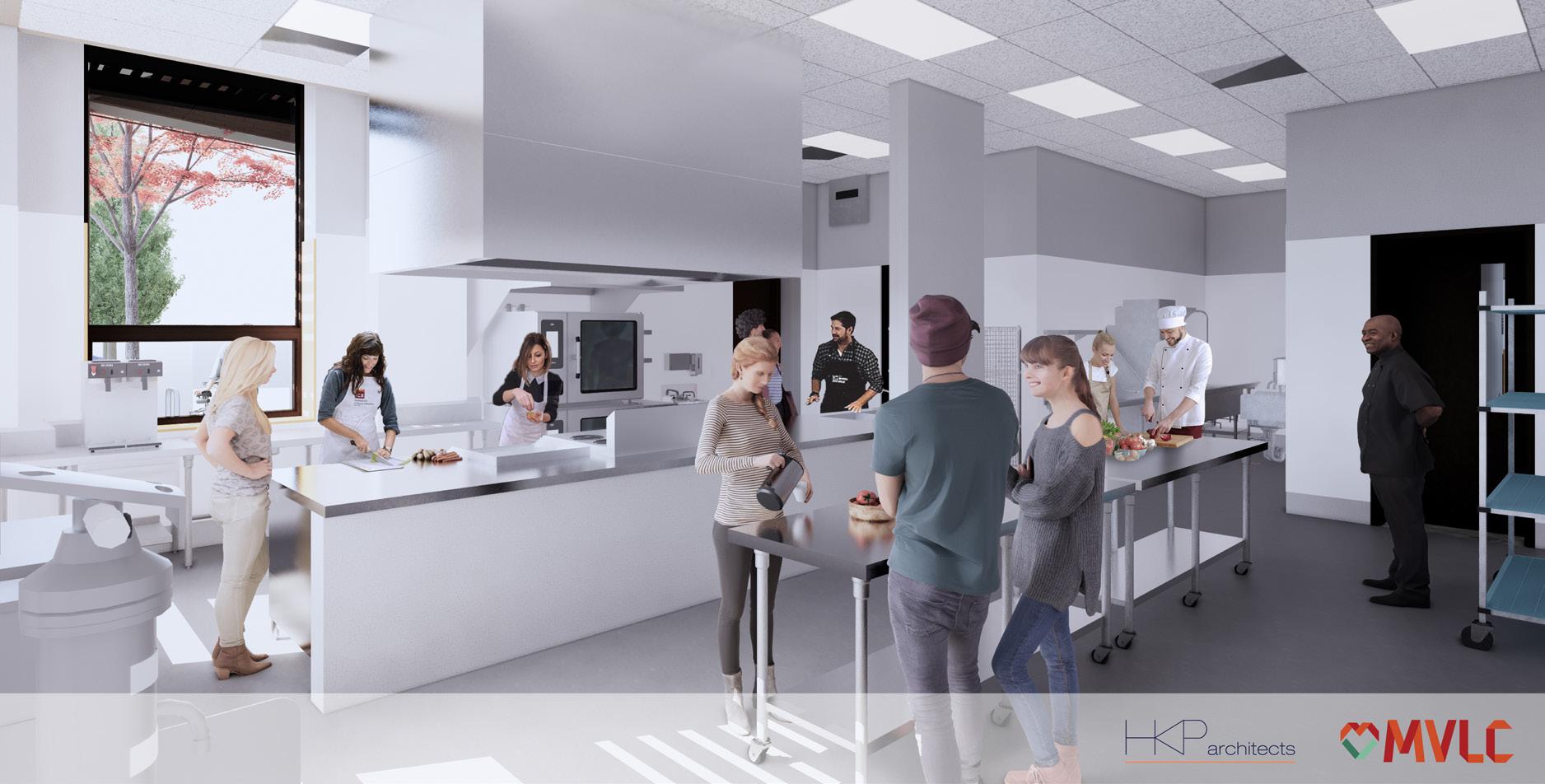
A commercial kitchen and a library are an uncommon combination. However, including a kitchen in the library was one of the most requested features. The kitchen will support the conference functions allowing for meal support at all the gatherings in the commons. It will also be available to food-based businesses as an incubator kitchen. To get a restaurant loan, you must show successful business history. That means selling your food before you open your doors.
Unfortunately, food prepared at home can’t be sold commercially. Our kitchen is designed to support small-scale food producers offering a product to the marketplace without investing in the required commercial kitchen setting at startup or as they are in the initial stages of growth. Projects like these have been proven to increase local food availability in the marketplace, a huge win for the agriculturally rich Skagit Valley.

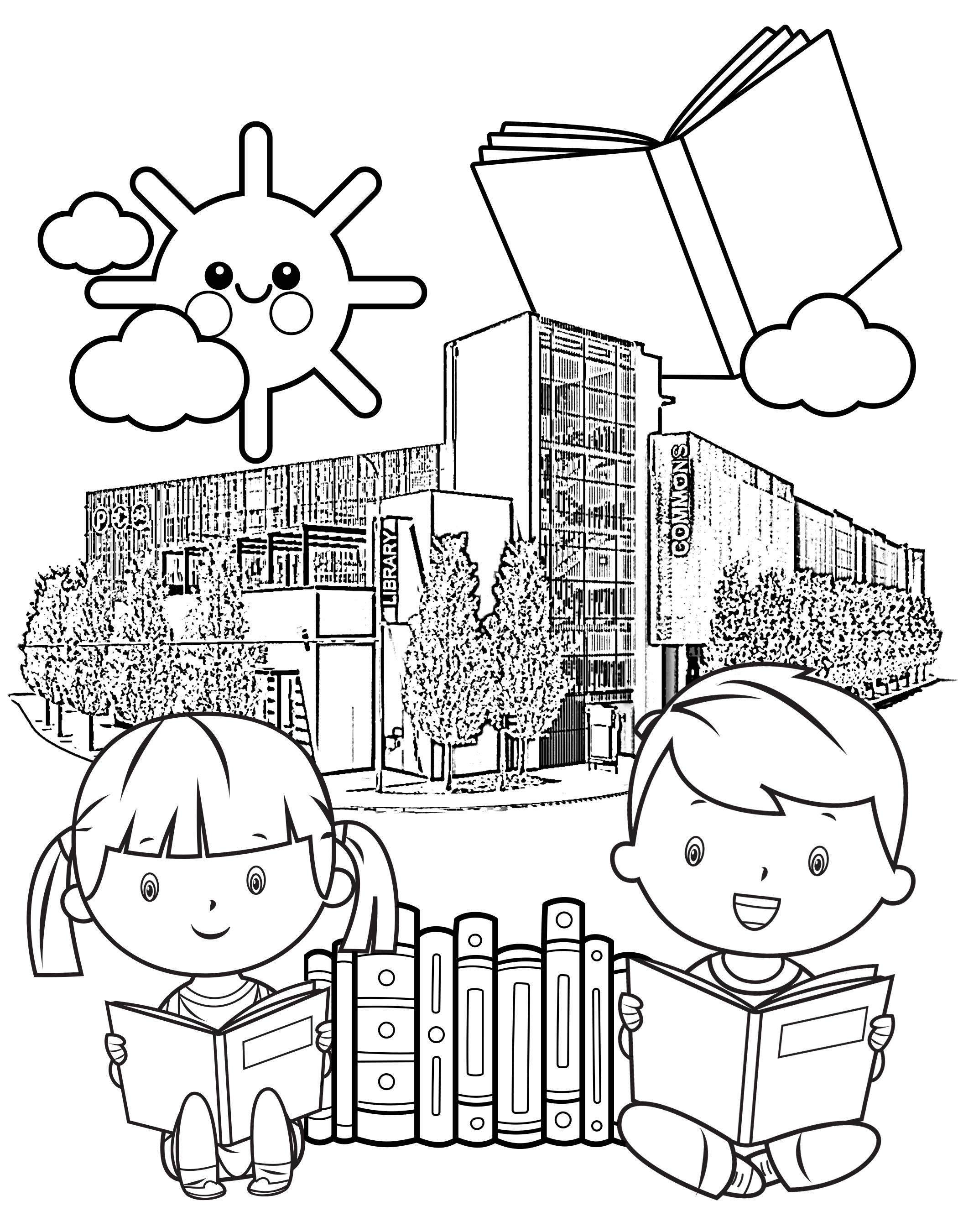
• Large cup or glass
• Standard kitchen sponge

• Water
• Plastic wrap
• Clay
• Cloth
• Small stones
• Tray or tub
What to do
1. Do this activity on a tray or in a tub or sink.
Explore the Surface - Here's a simple experiment students can try to explore the differences between permeable and impervious surfaces, and see why surface matters when it comes to stormwater.

Vocabulary to know before you start
Impervious surfaces: Hard surfaces that do not allow water or other liquids to soak in or pass through. Impervious surfaces are sealed off and impenetrable. Examples include roofs, roads, parking lots, and sidewalks.
Permeable surfaces: Surfaces that allow water and other liquids to soak in or pass through, like water trickling through a sponge or sieve. Examples include fields, gardens, and forest floors. Some human-made surfaces can be permeable, too.
2. Wet the sponge and then wring out most of the water. Place the sponge vertically inside the cup. The sponge should fit snugly near the top of the cup.
3. Pour water slowly over the sponge. What happens to the water? Where does it go? Is the sponge permeable or impervious?
4. Drain the water out of the sponge. Wring out the sponge again and put it back inside the cup.
5. Plan a design to make the surface impervious using the other materials available. Test your design.
6. What worked well to keep the water from soaking into the sponge? What didn't work well?
Copyright 2017 Water Education Group, LLC
E-bikes are the fastest growing form of transportation. With nearly 800k bikes sold in the U.S. last year, odds are you know someone in Skagit County who has an e-bike. Although many people enjoy an e-bike ride, few people feel comfortable leaving their e-bike strapped to a bike rack (especially while going to work). That is why the Mount Vernon Library Commons includes nine ebike lockers in the design (these cost about 9K).
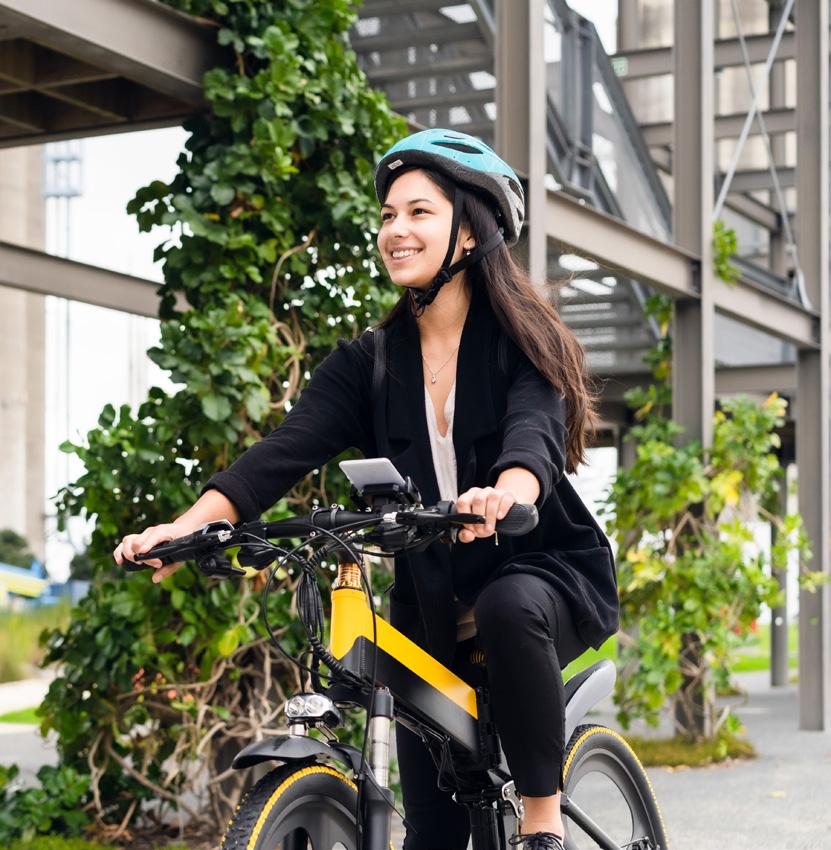
This will allow riders from the surrounding hills to head downtown in the morning and have a good charge to power them up the hill at night. It will also draw many Seattle Transit commuters to Mount Vernon as one of the few bike-friendly communities on the Cascadia line.
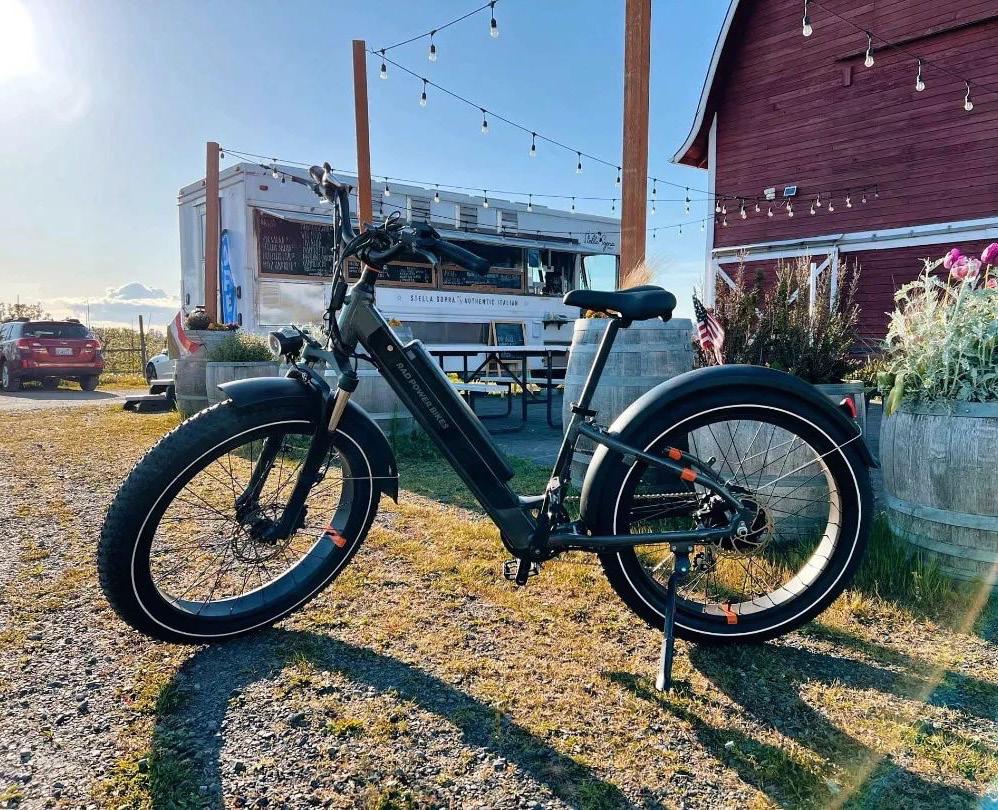
If you are considering how and where to make a year-end contribution, please feel free to reach out to Mayor Boudreau, Library Director Isaac Huffman, a City Councilmember, or any member of the MV Library Foundation Board to discuss and strategize how your legacy gift to this community gem might be most impactful.


Your community is a leader. Neighborhood feedback has created a wonderful project that is leading the way in energy use (our Passive House Design is the first public building in the state to meet this standard), electric vehicle charging (76 EV chargers is the most in any public structure), and community-focused design (our incubator kitchen is a truly first of its kind public resource to bring farm products to market).
In this critical final phase, you have the power to show that Mount Vernon can lead the way. The Mount Vernon Library Commons is an investment in the area’s children, economic growth, and resilient future. We want everyone in our community to have access to an excellent community space, supportive resources, and a great place for kids.
For more information, contact Library Director Isaac Huffman at (360) 336-6209 or isaach@mountvernonwa.gov
Your year end donation will play a vital role in closing the $6 million funding gap that will take the Library Commons Project over the finish line.
